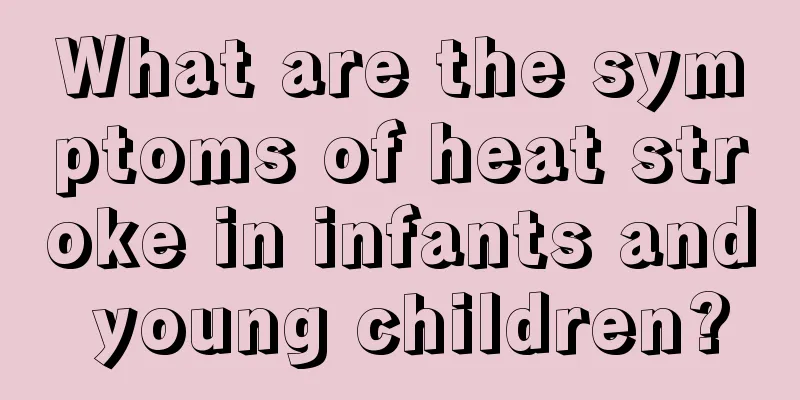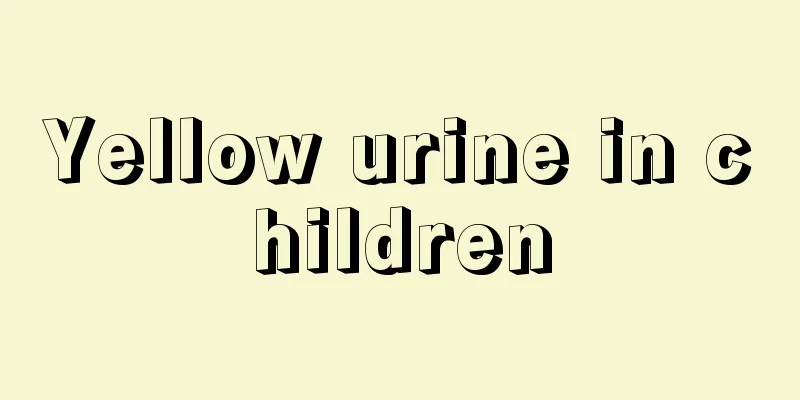What are the symptoms of heat stroke in infants and young children?

|
We all know that infants and young children have relatively poor protection measures. They are more easily affected by changes in external temperature. In the cold winter, they are more likely to catch a cold, and in the hot summer, they may also suffer from heatstroke. However, many babies cannot speak, so they cannot express their ideas. So let us take a look at the symptoms of heatstroke in infants and young children. Infants and young children can also suffer from heatstroke! As the temperature is getting higher and higher, take your baby outdoors to avoid the scorching sun at noon. Common symptoms of heatstroke in babies: fever, sweating, flushing, irritability, making noise, vomiting, refusing to eat, poor spirits, and love of sleep. Therefore, when babies have a fever in summer, it is not always a cold. Combined with other symptoms of heatstroke, you should consider the possibility of heatstroke. What are the symptoms of heat stroke in babies? If the baby's rectal or ear temperature exceeds 39 or even 40 degrees (it is not recommended to measure the armpit or oral temperature, which may underestimate the actual temperature), and the baby also has the following symptoms of heat stroke, the possibility of heat stroke should be highly suspected: 1. Although your baby is hot, he or she may not sweat. (This is one of the most typical symptoms of heat stroke) 2. The baby's skin will become red, hot and dry. 3. The baby becomes restless and cries, with faster breathing and pulse; then becomes tired, or even goes into convulsions or coma. 4. Older children may experience dizziness, nausea, loss of direction, and grogginess. The above are many manifestations of heatstroke symptoms in infants and young children, including some changes in their skin, such as redness and itching, and of course some changes in the gastrointestinal tract, indigestion, nausea and vomiting. Of course, if your child also has such changes, you should take reasonable measures to deal with it. |
<<: Is it good for children to take Chinese medicine?
>>: What causes ringworm on children's faces?
Recommend
Three-year-old child crying in the middle of the night
Nowadays, many young couples have their own caree...
What causes the skin on children's toes to peel?
Children's skin is the most delicate, so we m...
What is missing from my child’s rough skin? What’s going on?
In my opinion, babies' skin is generally smoo...
Can children eat donkey meat?
Donkey meat is a food that causes inflammation. E...
Why does the child sweat a lot on his head?
Sweating is a normal and common phenomenon in our...
Can a two-month-old baby lick fruit?
We all know that two-month-old babies are general...
The child is four years old and has red bloodshot eyes
Children are the treasures of their parents. Ever...
What to do if your child coughs and vomits
Every spring is the peak season for respiratory d...
What are the signs that babies are not full?
Nowadays, every child is the treasure of the fami...
How to feed water to babies
Many babies are very resistant to drinking water ...
Why are baby's eyes yellow?
If a newborn baby has any health problems, parent...
What are the reasons for hair loss in three-year-old children?
For a three-year-old baby, hair loss is generally...
What kind of milk should a two year old baby drink? Parenting experts tell you
From birth to adulthood, different things are sui...
How to prevent malnutrition in children
Children are the hope of the whole family, and ma...
Can children be circumcised?
The foreskin is the protective layer of the male ...









